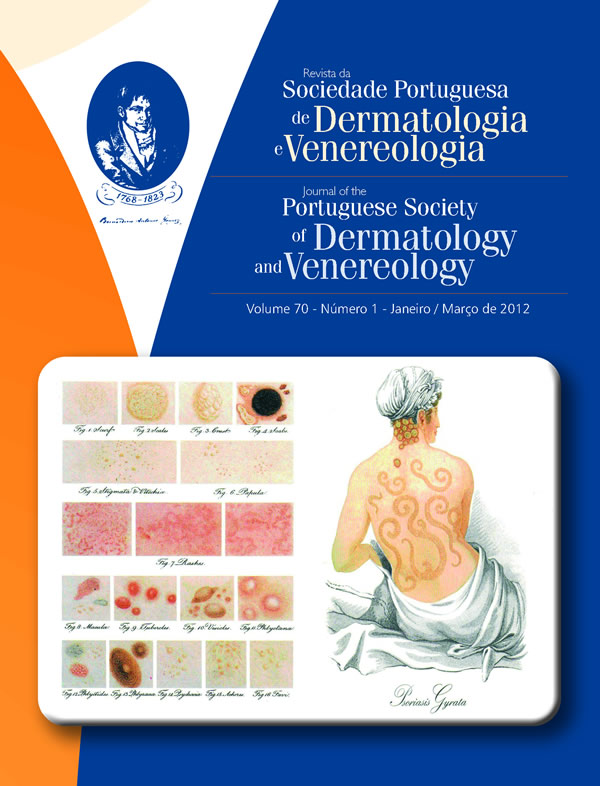DELAYED HYPERSENSITIVITY TO LOW MOLECULAR WEIGHT HEPARIN - WHAT ALTERNATIVE TO ANTICOAGULATION?
Abstract
A 75 year-old obese patient was submitted to anticoagulant therapy for deep vein thrombosis (DVT) of the lower limb: classic intravenous heparin for 3 days and subcutaneous dalteparin for 10 days. Three days after the end of treatment the patient developed eczema-like plaques at the subcutaneous low-molecular-weight heparin (LMWH) injec- tion sites. Prick, intradermal and patch tests were performed using heparins and fondaparinux, and were inconclusive or negative at 30 minutes and at 48 hours, therefore, subcutaneous tests were than performed. At D3 and D7 intradermal tests were positive for fraxiparin, dalteparin and enoxaparin and subcutaneous tests were also positive at D5. All tests were negative for fondaparinux, considered a safe anticoagulant alternative. Allergy testing with several heparins and heparinoids is essential to confirm delayed hypersensitivity to LMWH and identify safe alternatives in case of future need for anticoagulation, as in this patient with risk factors for DVT.
KEYWORDS – Anticoagulants; Hypersensitivity, Delayed; Heparin, Low-Molecular-Weight; Drug Eruptions; Skin Tests.
Downloads
All articles in this journal are Open Access under the Creative Commons Attribution-NonCommercial 4.0 International License (CC BY-NC 4.0).








